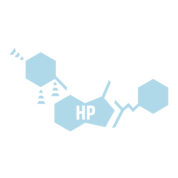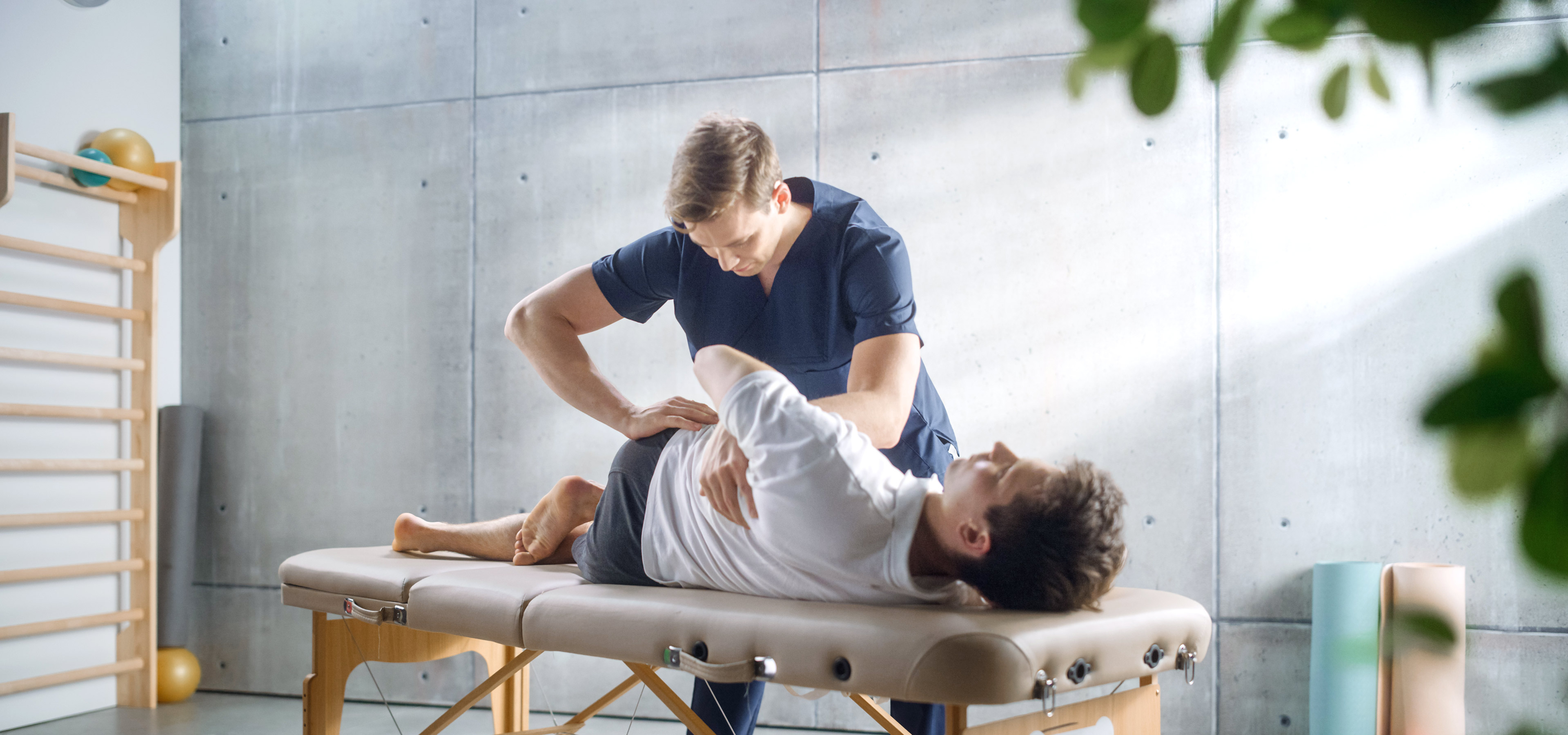Synergy6, a significant improvement in joint health.
Synergy6 is a drinkable food supplement that contributes to a significant improvement in joint health. The benefits of the treatment for all athletes include the reduction of joint and tendinous disorders, increased training load, and limitation of post-activity sports pains.
For individuals with joint pathologies, Synergy6 allows for the reduction in the intake of anti-inflammatories, improved joint mobility, and reduction of joint pain. Synergy6 can particularly enhance the joint comfort of individuals with the following pathologies.
Pathologies:
Chronic & fissuring tendinopathies
Chondropathies and osteoarthritis of any grade
Consequences of joint traumas (fractures, cruciate ligament ruptures, meniscal lesions, etc.)
Post-operative pain
Chronic micro-traumatic pathologies (long-distance endurance sports, occupational pathologies, etc.)
COMPOSITION
Collagen peptan type i hydrolise 10g

Type I collagen is an abundant protein in tendons and ligaments. We have chosen to integrate hydrolyzed collagen, also known as collagen peptides, whose better assimilation has been demonstrated in numerous studies. It has been scientifically proven that these peptides help limit the degradation of cartilage and inhibit synovial inflammation 1.
Hydrolyzed Collagen Type II colartix 3g

Type II collagen is a protein found most in cartilage and intervertebral discs. We have chosen to integrate hydrolyzed collagen, also known as collagen peptides, whose better assimilation has been demonstrated in numerous studies. It has been scientifically proven that these peptides can reduce joint pain and improve mobility 2.
Hyaluronic Acid 2g

Hyaluronic acid is a macromolecule present in our cells (extracellular matrix) and specifically in the synovial fluid found in our joints but also in the sheaths containing our tendons. HA contributes to the lubrication of joints, particularly through its natural viscoelastic properties. Also, it penetrates the cartilage and actively participates in maintaining healthy cartilage. It also has anti-inflammatory properties and plays a crucial role in maintaining joint homeostasis 3 4
Glucosamine sulfate 1g

Glucosamine sulfate is a substance found in connective, cartilaginous tissues, and in synovial fluid. It stimulates cartilage cells to naturally synthesize collagen and hyaluronic acid 5
Chondroitin sulfate 0.51g

Chondroitin sulfate is a major component of cartilage and bones, which, combined with glucosamine sulfate, creates a notable synergistic effect that protects the cartilage and limits the production of free radicals 6.
Harpagophytum 0.14g

Harpagophytum, with 5% harpagosides, is a plant extract with clinically proven anti-inflammatory properties by WHO for joint pain and tendinopathies. It has also demonstrated effectiveness in improving joint mobility. The 5% harpagosides are important for ensuring a significant effect7 8

ALLERGENS : crustaceans, mollusks, fish, and derivatives.








